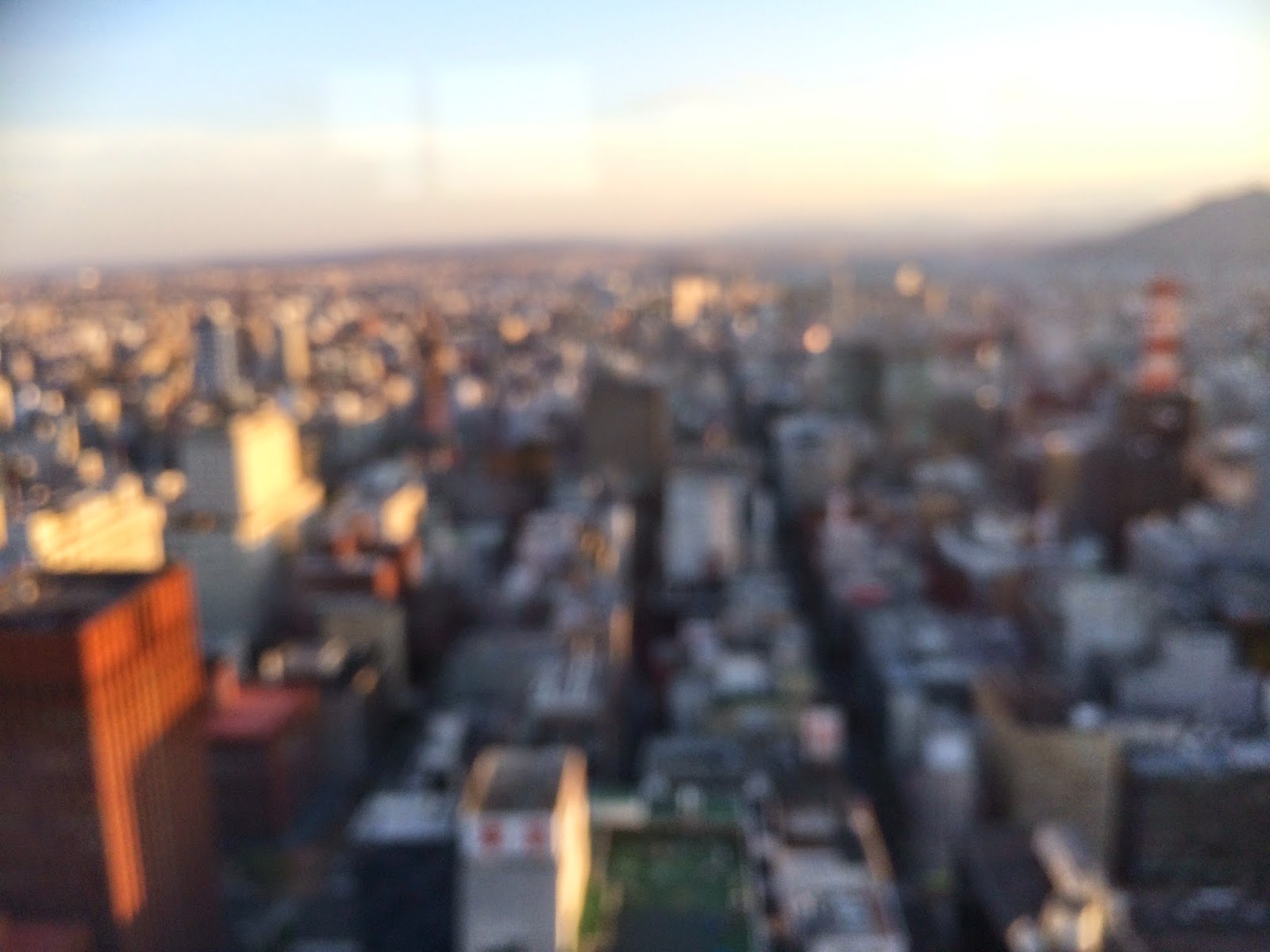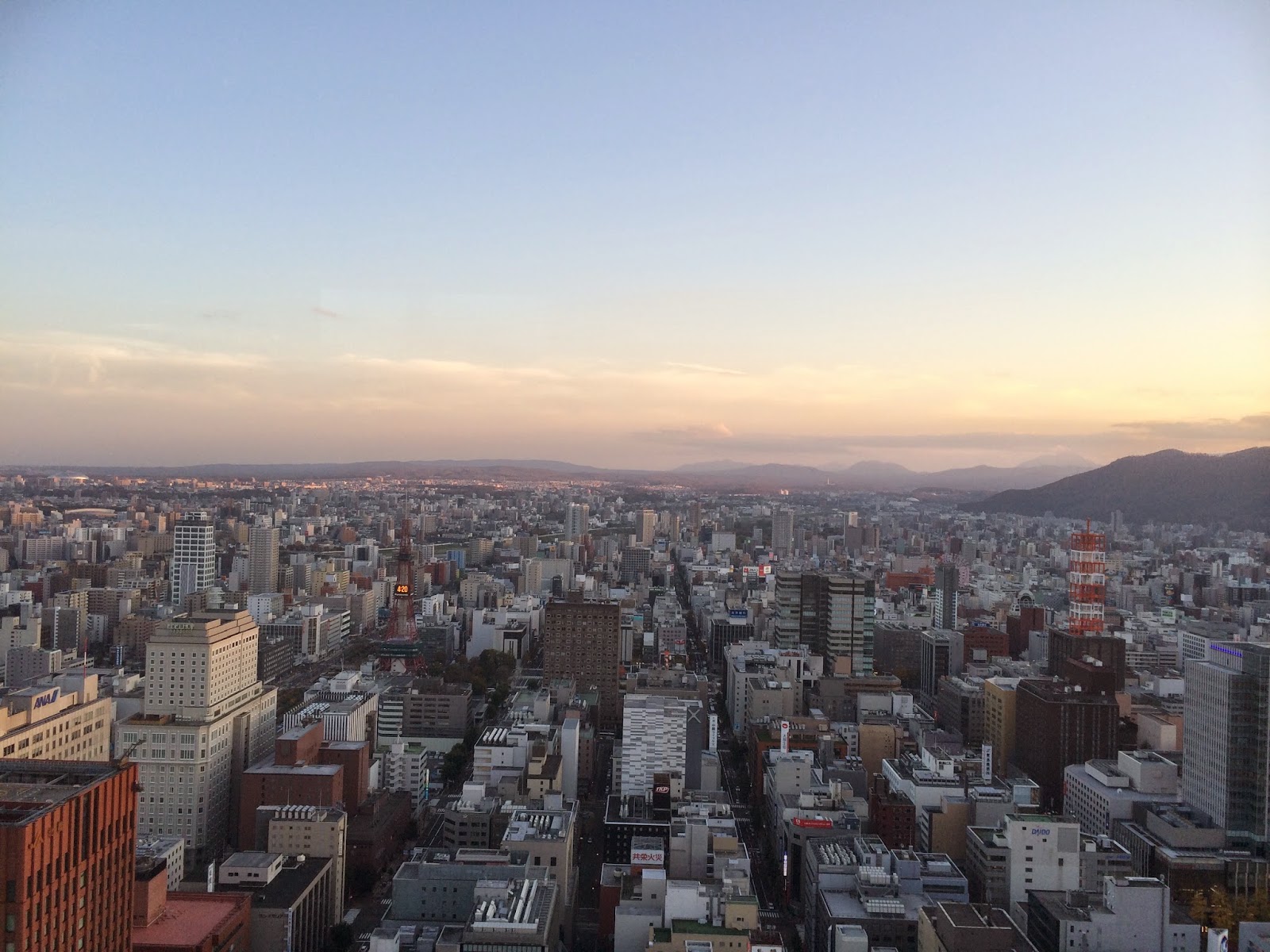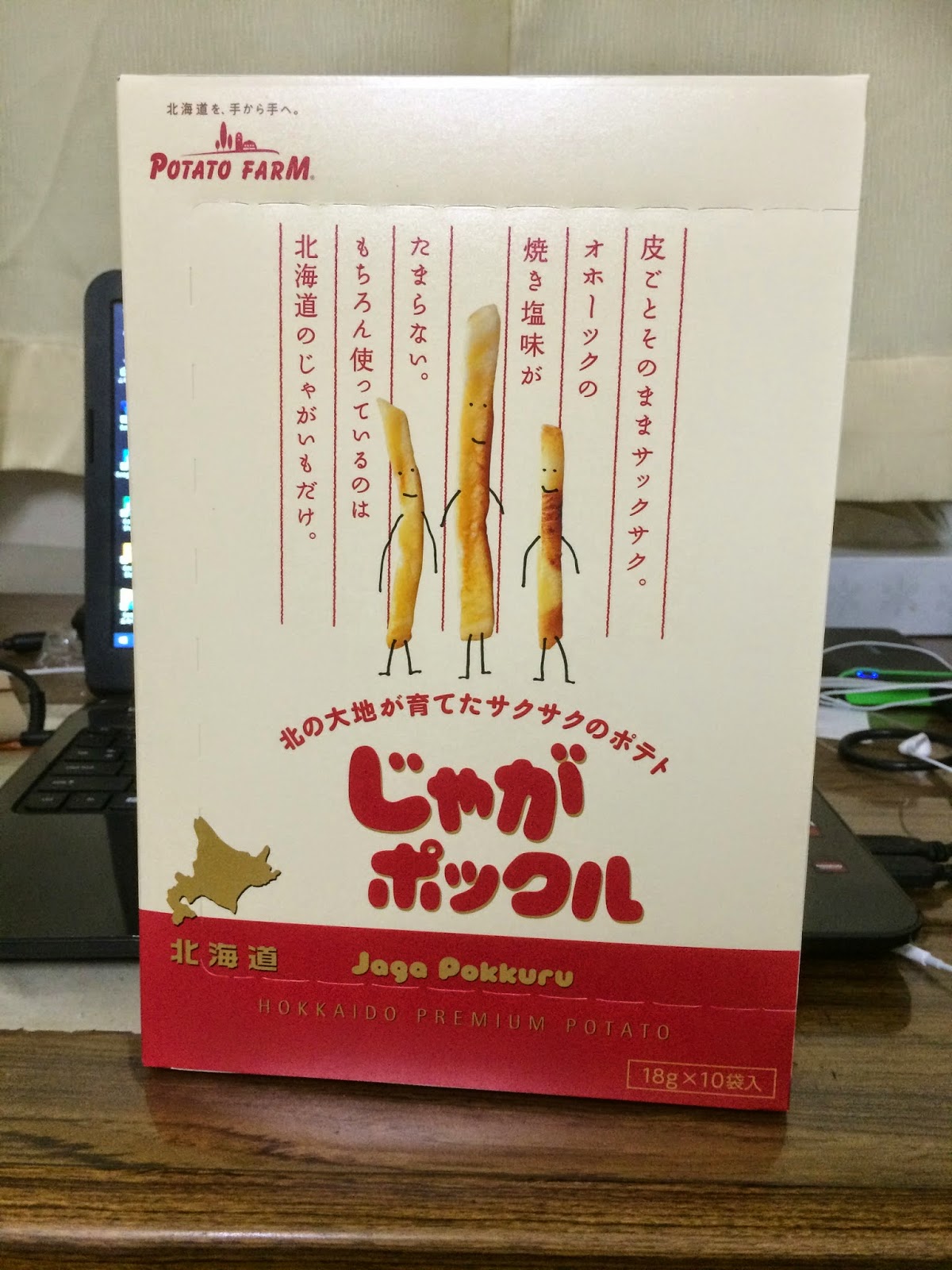Last week, I visited Korea. Wanted to bring some books, clothes, spices, and to meet family, friends, and my cats (crucial).
Korean style seasoned fried chicken, or Yangnyeom chicken (양념 치킨). Fried chicken itself is never a unique kind of food, even when it's seasoned. However, it's not true in Korea. Yangnyeom chickens are the best and therefore unique (which should come first? I don't know). They have everything: they're sweet, hot, rich in protein as well as fat (from which the 'deliciousness' comes from). Of course there are tens of variations. From fire-hot to tongue-melting sweet, and from plain to garlic, and none of them can be found in the ordinary chicken restaurants in other part of the world, as long as I know. It's not served in KFC, not in yakitori restaurant, but in Korea. One must try it if there is an opportunity. Of course jokingly is it, but Yangnyeom chicken is even worshiped on the internet as the sole god. (They say) Yangnyeom chiken is healthy, good for diet, delicious, makes the world peaceful, can solve every kind of conflict, and so forth.
Cup noodle is also popular in Korea, just like in Japan and other countries. However, it is 'hotter' in Korea. Maybe the hottest in the world... It's called Buldak-bokkum-myeon(불닭볶음면), which means fried noodle with hot chicken. And as can be easily seen in the picture above, they are super hot. Seriously. And addictively delicious. I can't say why it's so addictive, but it is. Even tear drops are coming out from my eyes, I just can't stop putting the noodles into the mouth. After several cups of the noodle, I managed to finish it without drinking a sip of water. Well, at least I used to. Just two month of living in no-hot-spice country (Japan) was enough to turn my immunity to extreme hot spices into nothing. I almost cried eating it. So sad. But I think I'll try again after permanently coming back to Korea.
It's the original of Yakiniku, bulgogi(불고기, 'firemeat' to translate it word-to-word). Yakiniku and bulgogi are direct, word-to-word translation of each other, but quite different. It's because while bulgogi refers only to a certain type of grilled meat, yakiniku refers to grilled meat. So the coverage of yakiniku is much larger. What is funny is that in Japan, bulgogi would not be included in yakiniku, because bulgogi comes with soup and a lot of seasonings and vegetables, but yakiniku is served with meats only (except side dishes).
And it's Nangmyeon(냉면, cold noodle). As it's served cold, it was traditionally made only in the northern part of Korea during winter. It's peoples favorite in summer, of course. I like to put a lot of sesame on it. It's taste is not strong, but that is the attractiveness of it.
Dakgalbi(닭갈비, galbi made of chicken) is surely one of my most favorite. It's full of vegetables and chicken, with a bit hot but sweet sauce. It's not difficult to cook, Just put all the ingredients you want, and grill them until it's well-done. And it has no reason to be expensive.
Yeah, I can't miss kebab. Yes, it's Turkish. It's not that popular in Korea too, like in Japan. But I think it is more popular in Korea. It it difficult to find a kebab place in Sapporo... Maybe it's better in Tokyo. Anyways, I really love it. Chicken, tons of vegetables (especially lettuce), delicious sour sauce, the bread wrapping it... Ummm.
Above are Chinese foods in Korea. It's well-known, I think, that Chinese food differs quite a lot from country to country, according to the national taste. And it's the Korean version. They are quite oily and usually sweet. I think that's the feature of Korean Chinese food. In Europe, it was usually salty, as I remember. The one above is fried pork, and the bottom is noodle with... uh... everything. Cucumber, shrimp, meat, carrot, onion, bud of bamboo, and so on. And it's spicy for sure.
In a cafe with my best friend, with a piece of Belgium waffle and a cup of 'Dutch'(cold brew) coffee. I was a bit disappointed after finding out that there are not so many cafes in Sapporo, especially those provide electricity, wifi internet, and nice seats to stay and study, chat, spend time, and so on. There are a lot, really a lot in Korea, and they're still in a kind of excessive demand. Maybe it's because there are not many things to spend time with in Korea. Well, whatever. I like reading and writing while enjoying a cup of nice coffee.
I took a picture of the apartment my family lives in. It's a nice place. There are almost everything in the building. Maybe hospital is the only thing missing. It's nicer inside. What I don't like is that I should be careful about the noise I'm making, because I often play guitar in the late night. But it was way better than the dorm I'm living in now. Though, I don't miss my home too much, but my sister and cats :(
Those are my guitars. One is electric bass, and the other electric guitar. I also have a nylon guitar and an acoustic guitar, but they need repair. Ah, I really wanted to bring 'em to Japan, especially the bass. Well, I already bought an electric guitar set. I don't know about buying an electric bass...
Finally, just like when I was coming to Japan, I was the first passenger to enter the airplane :D








































































